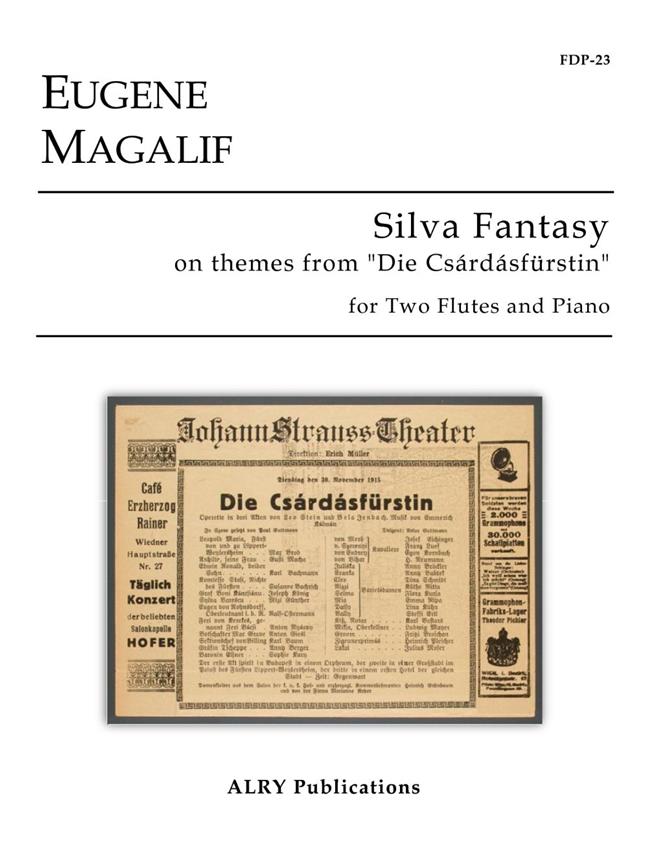The Swan and The Elephant : from The Carnival of the Animals
Camille Saint-Saëns (1835 - 1821) composed The Carnival of the Animals, one of his most popular works, in 1886. Though private performances were given during his lifetime, the first public performance took place only a few months following his death, in February 1922. The two movements arranged here, The Swan and The Elephant, lend themselves very well to the contra clarinets accompanied by piano, also providing a humorous contrast in both title and style. In the case of these two movements, the solo part has been transposed to accommodate the key of each solo instrument, either a contrabass clarinet (in B-flat) or a contralto clarinet (in E-flat). This work can be played witheither a contrabass or contralto clarinet. Camille Saint-Saëns (1835 - 1821) composed The Carnival of the Animals, one of his most popular works, in 1886. Though private performances were given during his lifetime, the first public performance took place only a few months following his death, in February 1922. The two movements arranged here, The Swan and The Elephant, lend themselves very well to the contra clarinets accompanied by piano, also providing a humorous contrast in both title and style. In the case of these two movements, the solo part has been transposed to accommodate the key of each solo instrument, either a contrabass clarinet (in B-flat) or a contralto clarinet (in E-flat). This work can be played witheither a contrabass or contralto clarinet.

















































